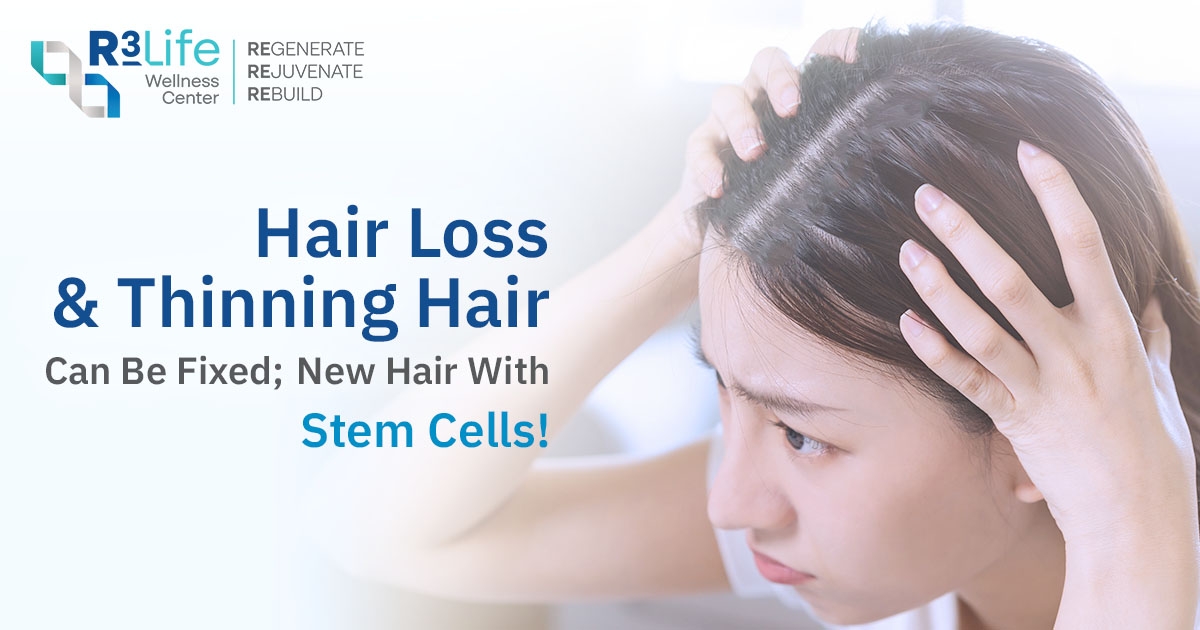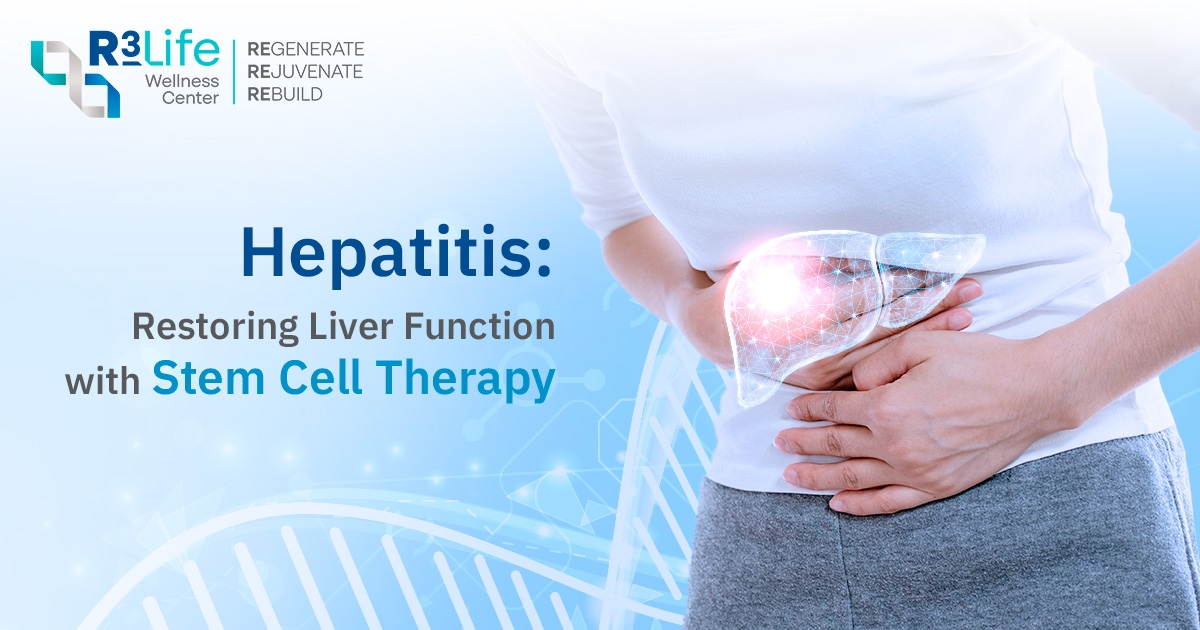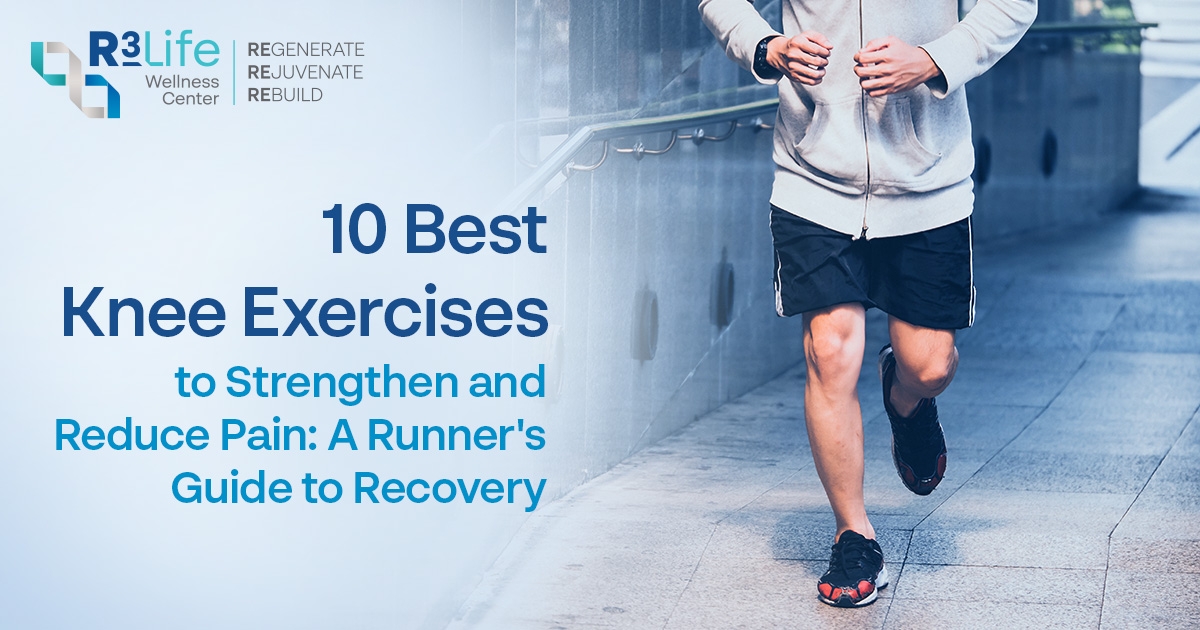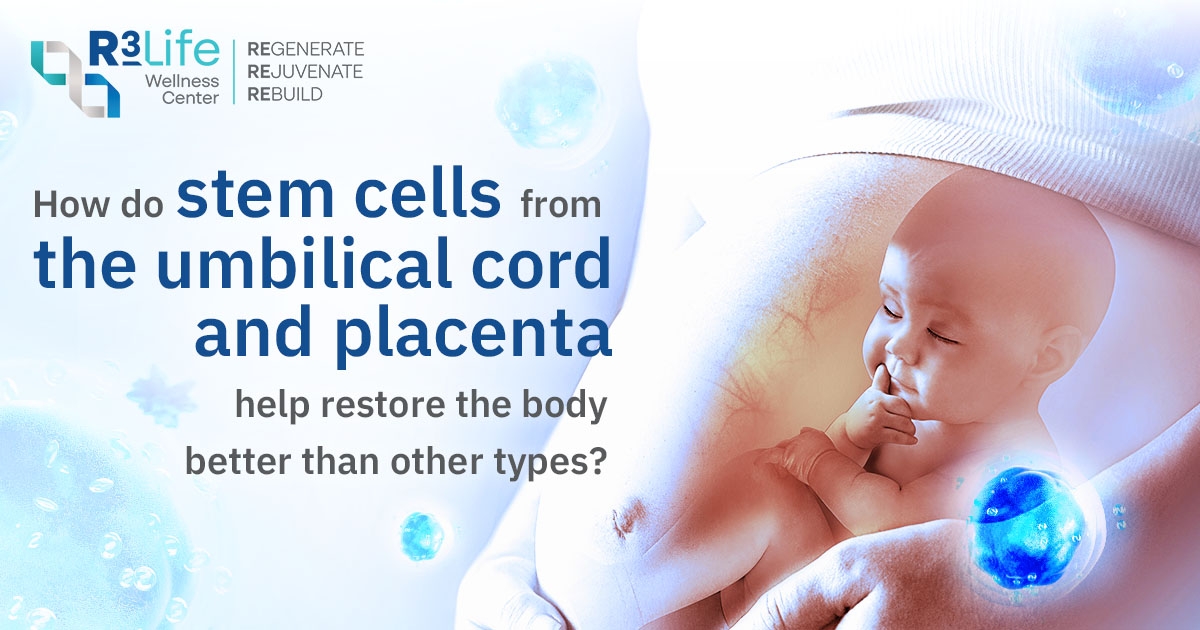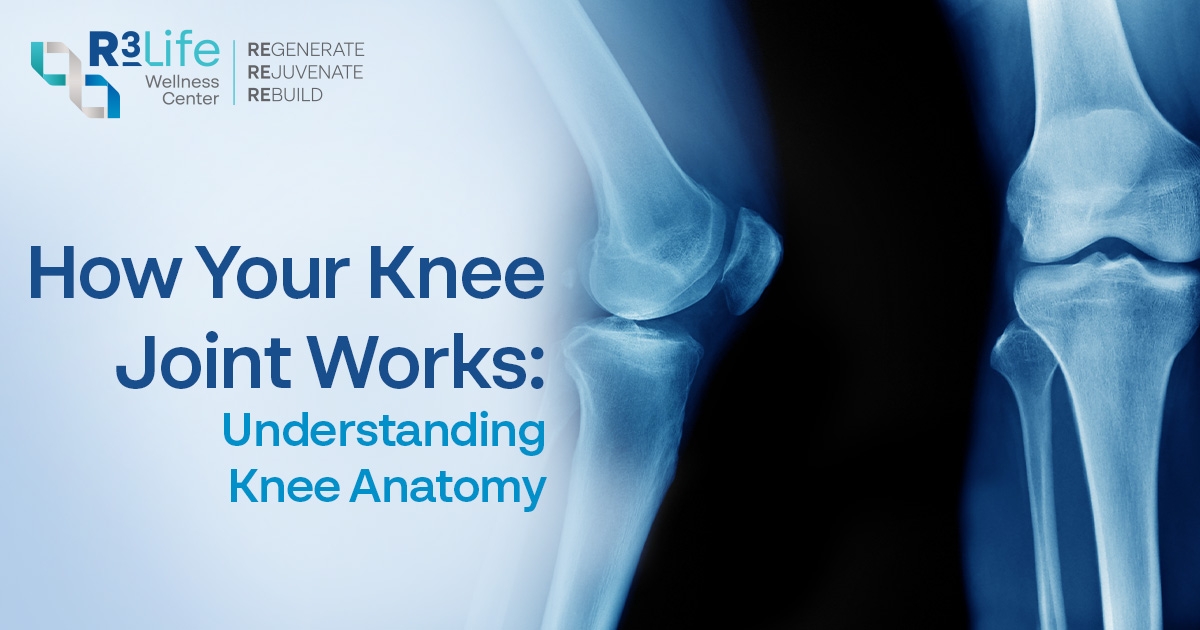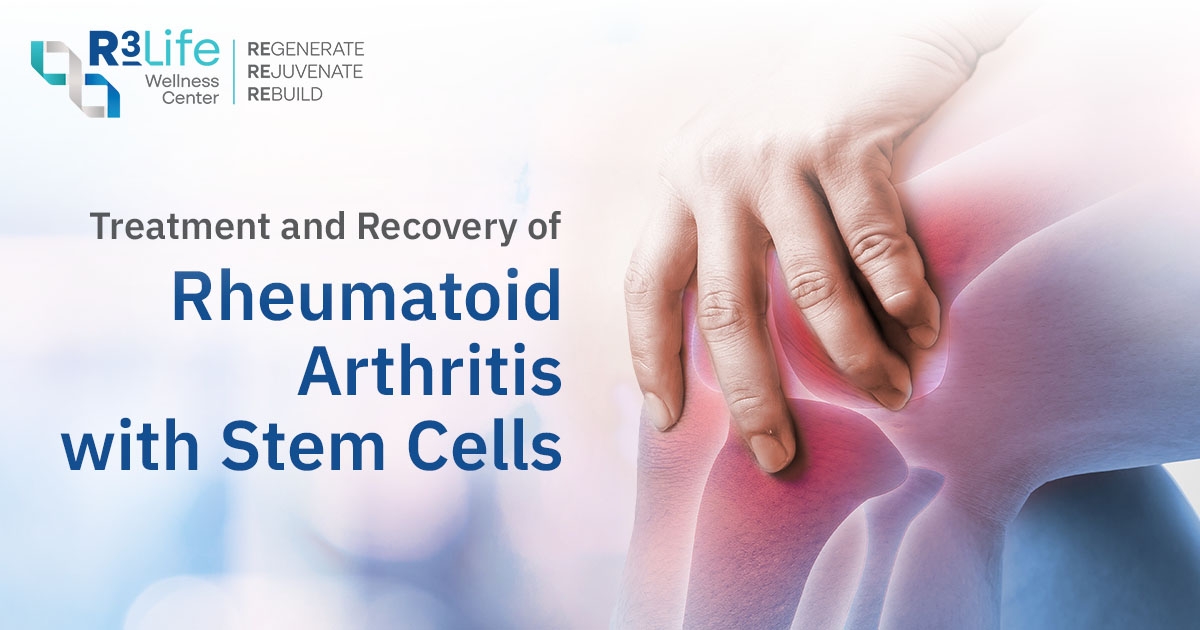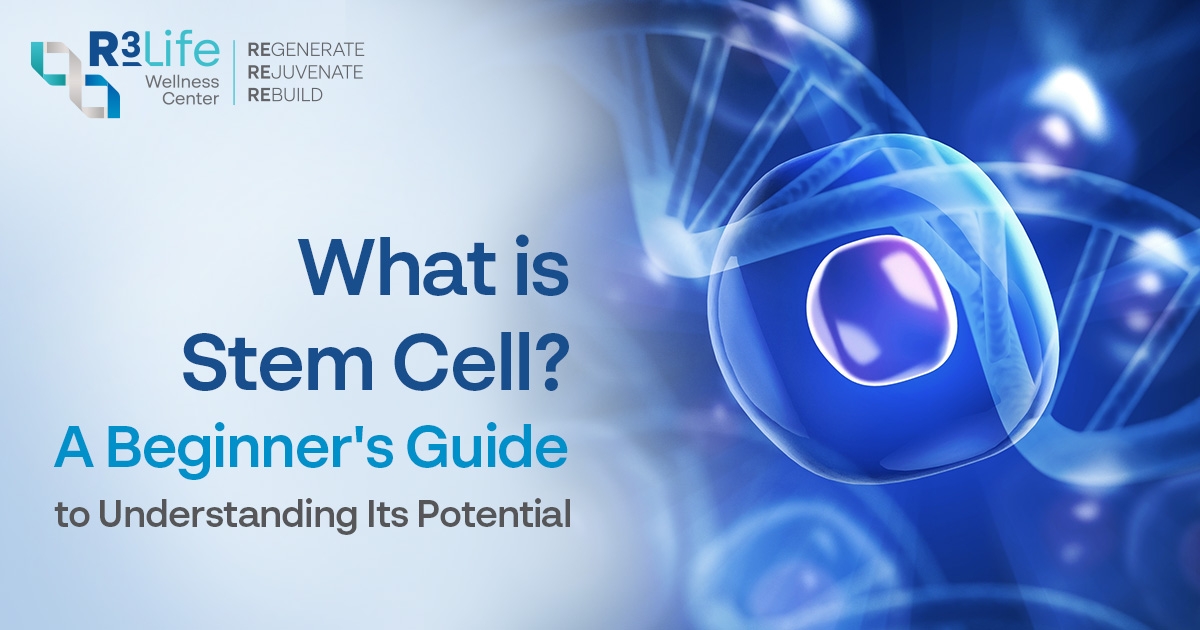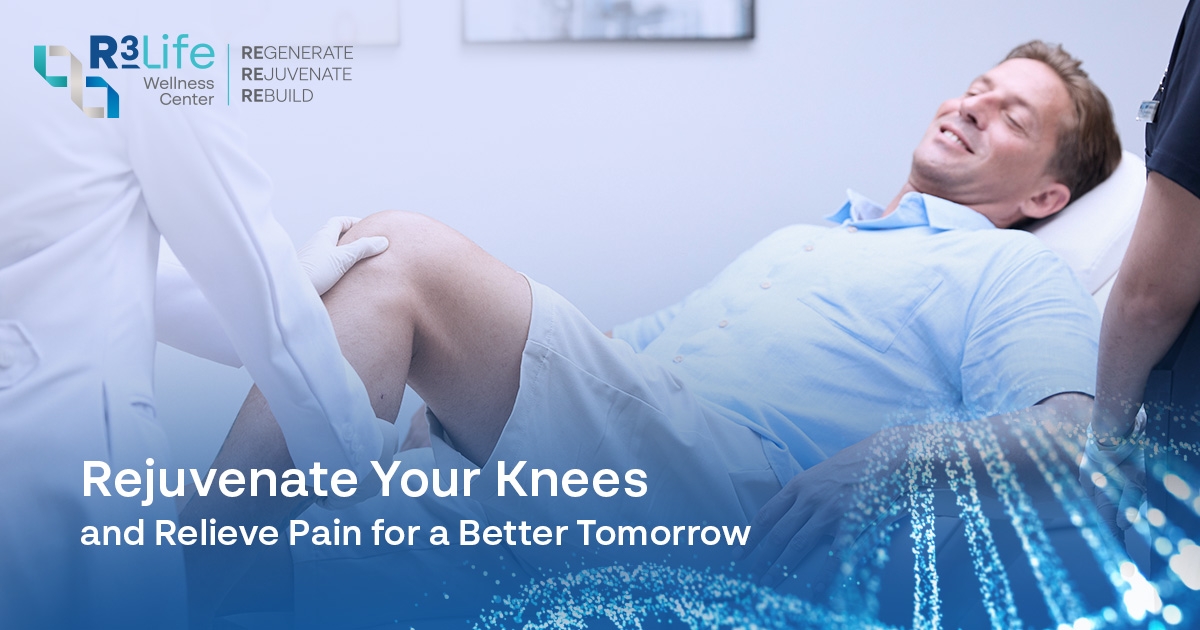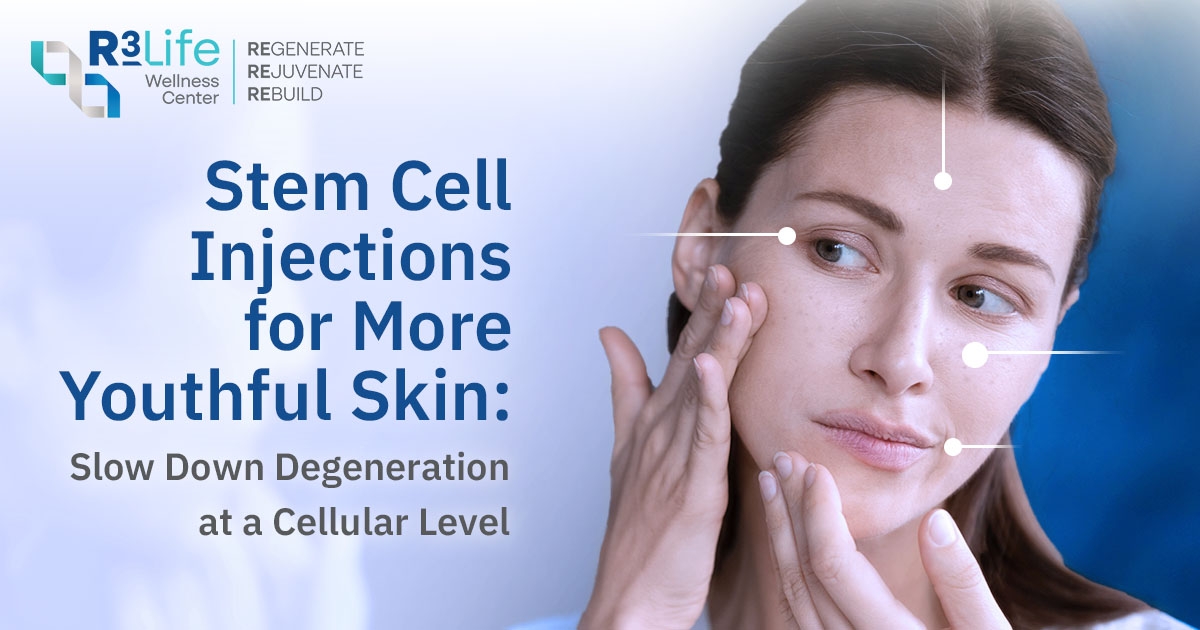Stem Cells vs Surgery for Knee Pain: Complete Comparison Guide

According to World Health Organization (WHO) data from 2020, global osteoarthritis patients increased from 400 million to 570 million people. Worldwide, there are 1,700 to 2,693 knee osteoarthritis cases per 100,000 population. In Thailand alone, over 6 million people suffer from this condition, with the knee joint being the most commonly affected area. Among seniors aged 60 and above, the prevalence rate reaches 34-45%, making this a significant public health concern.
Osteoarthritis of the knee is a degenerative condition where cartilage in your joint slowly breaks down. It's the most common type of arthritis affecting the knee joint. While OA is progressive, various treatments can help manage symptoms and potentially slow its advancement.
What Is Knee Osteoarthritis?
Knee osteoarthritis occurs when cartilage breaks down, causing bones to rub together. This friction causes knee pain, swelling, and stiffness. Unlike inflammatory arthritis, OA results from mechanical breakdown of joint structures over time. The knee joint, being one of the largest weight-bearing joints that must constantly move and support the body's weight, is particularly susceptible to this degenerative process.
Symptoms of Knee Osteoarthritis
Knee pain is the most common symptom of knee osteoarthritis. Your knee might hurt when you put pressure on it, when you move it, or even when you're at rest. The pain typically develops gradually and may vary in intensity.
Primary Symptoms
- Pain: Aching or sharp knee pain, worse with activity
- Stiffness: Particularly noticeable in the morning or after periods of inactivity
- Swelling: Joint inflammation and fluid accumulation
- Reduced range of motion: Difficulty fully bending or straightening the knee
Secondary Symptoms
- Joint sounds: Crackling, grinding, or popping noises (crepitus)
- Muscle weakness: Weakening of surrounding thigh and calf muscles
- Joint instability: Feeling that the knee may "give out"
- Sleep disruption: Knee pain interfering with rest
Medical Note: The human body is a delicate matter. Even identical twins require different medical care. We recommend scheduling a consultation with our specialists to discuss the pros and cons specific to your situation.

What Causes Knee Osteoarthritis
Multiple factors contribute to the development of knee osteoarthritis. Understanding these risk factors helps identify who should be most vigilant about prevention and early intervention.
1. Seniors (Age 60 and Above)
Older adults face the highest risk due to natural cartilage degeneration. Women have 2-3 times higher risk than men, with 60% of Thai seniors experiencing chronic knee pain. This condition is a leading cause of disability in this age group, making early intervention critical for maintaining mobility and independence.
2. Athletes and Active Individuals
High-impact activities increase knee OA risk significantly. Runners on hard surfaces and football players face elevated risk, with ACL tears being 5 times more common in football than other sports. Statistics show 40% of Thai athletic injuries involve the knee. Knee injuries in youth increase osteoarthritis risk 3-5 times later in life, even decades after the initial injury.
3. Office Workers and Sedentary Lifestyles
Extended sitting is a major modern risk factor. Office workers sitting over 8 hours daily face 40% increased OA risk, with 50% of Bangkok office workers reporting periodic knee pain. Prolonged sitting weakens knee-supporting muscles, reducing joint stability and increasing cartilage strain. Combined with poor posture and weight gain, this accelerates joint degeneration.
4. Overweight and Obesity
Excess weight creates direct mechanical stress on knees. Each additional kilogram adds 3-4 kilograms of pressure during walking. Those with BMI over 30 have 4-5 times higher OA risk, and 65% of Thai OA patients are overweight. The good news: just 5% weight loss can reduce knee pain by 30%.
Additional Risk Factors
• Age-related cartilage breakdown (most common after 50)
• Previous knee injuries or surgeries
• Genetic predisposition to arthritis
• stress from sports or work
Knee Osteoarthritis Stages and Progression
While there aren't universally accepted definitive stages of knee osteoarthritis, it is a degenerative condition that progresses in a generally predictable pattern. Healthcare providers often use staging systems to explain how advanced your condition is and guide treatment decisions.
Stage 1: Early Knee Osteoarthritis
- Symptoms: Minimal knee pain, occasional stiffness
- X-ray findings: Slight cartilage wear, minor bone spur formation
- Treatment success: 95% success rate with stem cell therapy
Stage 2: Mild Knee Osteoarthritis
- Symptoms: Knee pain after activity, morning stiffness
- X-ray findings: Visible cartilage damage, increased bone spurs
- Treatment success: 85-90% improvement with regenerative therapy
Stage 3: Moderate Knee Osteoarthritis
- Symptoms: Frequent knee pain, limited mobility
- X-ray findings: Significant cartilage loss, narrowed joint space
- Treatment success: 70-80% pain reduction with advanced stem cell protocols
Stage 4: Severe Knee Osteoarthritis
- Symptoms: Constant knee pain, severe mobility loss
- X-ray findings: Bone-on-bone contact, severe deformity
- Treatment options: Advanced regenerative therapy or surgical intervention
 Diagnosis and Evaluation
Diagnosis and Evaluation
Healthcare providers diagnose knee osteoarthritis through clinical evaluation and imaging studies. The diagnostic process includes:
- Medical history: Discussion of symptoms, activities, and previous treatments
- Physical examination: Assessment of pain, range of motion, stability, and swelling
- X-rays: Show joint space narrowing and bone changes
- MRI: Detailed cartilage and soft tissue evaluation when needed
Treatment Options for Knee Osteoarthritis
Treatment follows a stepwise approach, beginning with conservative measures and progressing to advanced interventions when necessary.
|
Treatment Category |
Treatment Options |
Expected Outcomes |
Considerations |
|
Conservative Management |
Physical therapy, exercise, weight management, activity modification |
Pain reduction, improved function, slowed progression |
First-line treatment, ongoing commitment required |
|
Medications |
NSAIDs, acetaminophen, topical preparations |
Temporary pain relief, reduced inflammation |
May have side effects with long-term use |
|
Injection Therapies |
Corticosteroids, hyaluronic acid, platelet-rich plasma |
Intermediate-term pain relief |
Duration varies, may require repeated treatments |
|
Regenerative Medicine |
Stem cell therapy, growth factor treatments |
Potential cartilage repair, long-term improvement |
Emerging field with promising results |
|
Surgical Options |
Arthroscopy, osteotomy, partial or total knee replacement |
Significant pain relief, restored function |
Reserved for advanced cases, longer recovery |
Advanced Treatment: Regenerative Medicine
Stem cell therapy represents an innovative approach to treating knee osteoarthritis by harnessing the body's natural healing mechanisms to potentially repair damaged cartilage.
How Our Advanced Protocol Works
- Cell Source: Premium cells from fresh cord tissue and amnion sourced from healthy, screened donor mothers with comprehensive health verification, initially cultured at P0 stage
- Processing: ISO-certified laboratory with Clean Room Class 100 standards using xeno-free culture medium to ensure optimal biocompatibility and safety, with storage at -196°C in liquid nitrogen to preserve cell viability
- Quality Assurance: Viability rate above 90%, internationally accredited certifications including Cell Therapy Association of Thailand, partnership with Asia's #1 stem cell bank (ranked #4 globally)
- Safety Testing: Comprehensive screening for bacteria, viruses, fungi, mycoplasma, and toxins
- Injection: Precise delivery administered by American Board of Anti-Aging and Regenerative Medicine (ABAARM) certified physicians using standard medical-grade injection techniques
Personalized Knee Pain Treatment at R3 Life Wellness Center
Although symptoms of knee osteoarthritis are not life-threatening, leaving knee pain until it becomes severe can also become an obstacle for living. Therefore, prevention, rehabilitation and treatment of knee osteoarthritis using stem cell injection is another considerable option that could treat knee pain and avoid the requirement for knee surgery.
The human body is delicate - even identical twins require different cell treatment approaches. We provide transparent, personalized stem cells for treatment plans designed to meet your unique health goals. At R3 Life Wellness Center, we have a team of American Board-certified doctors to provide advice on the use of stem cells for treating knee pain and knee osteoarthritis, accreditation from the Cell Therapy Association of Thailand, and partnerships with Asia’s #1 and the world’s #4 cell bank.
Frequently Asked Questions About Knee Pain and Osteoarthritis
How effective is this treatment for knee osteoarthritis?
Many patients report 80–90% improvement based on their pain score after treatment. Most start to feel relief and notice better flexibility within 3–6 months. Tracking your pain score helps us monitor real progress and ensure the best results for you.
Will this treatment completely eliminate my knee pain?
While complete pain relief cannot be guaranteed, this advanced treatment focuses on stimulating your body to naturally regenerate new cells, providing long-term improvement without the use of drugs that may accumulate in the body. It is designed for healing and repair — not just temporary pain relief — so the results develop gradually but last longer compared to treatments that only mask the pain.
Can this treatment help if my osteoarthritis is severe?
The treatment generally works best for mild to moderate osteoarthritis. However, patients with more advanced conditions may still experience improvement in pain and mobility — the outcome simply varies for each individual.
How is this different from knee replacement surgery?
This treatment helps support your natural knee joint and encourages recovery without major surgery. It offers a shorter downtime and is suitable for those who wish to manage pain and function before considering surgical options
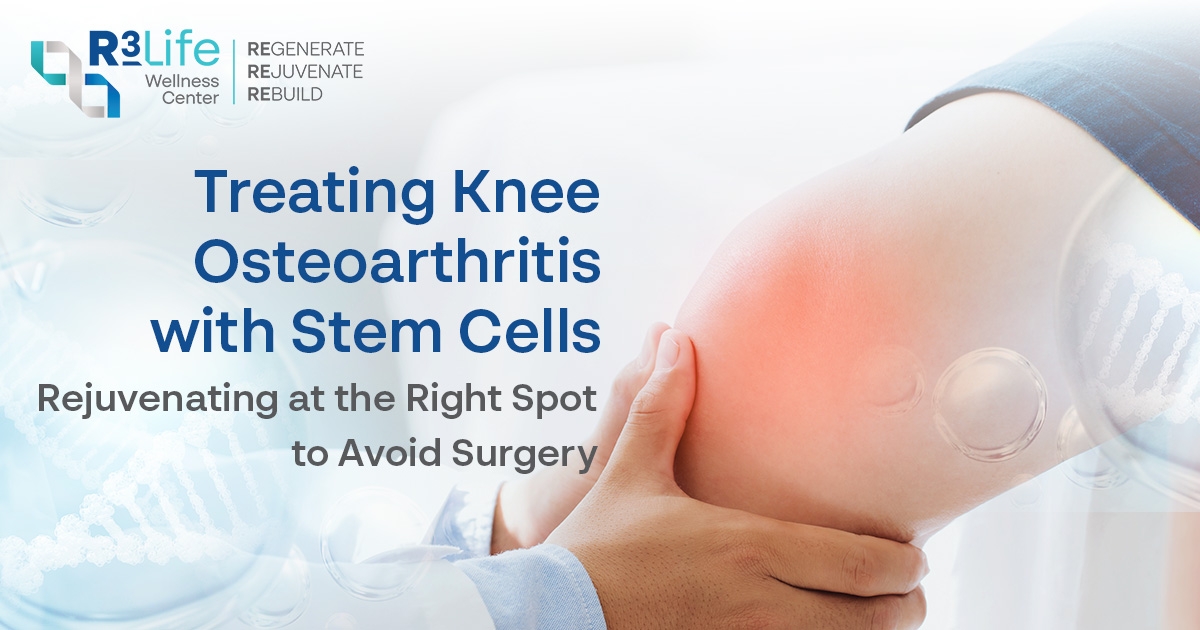
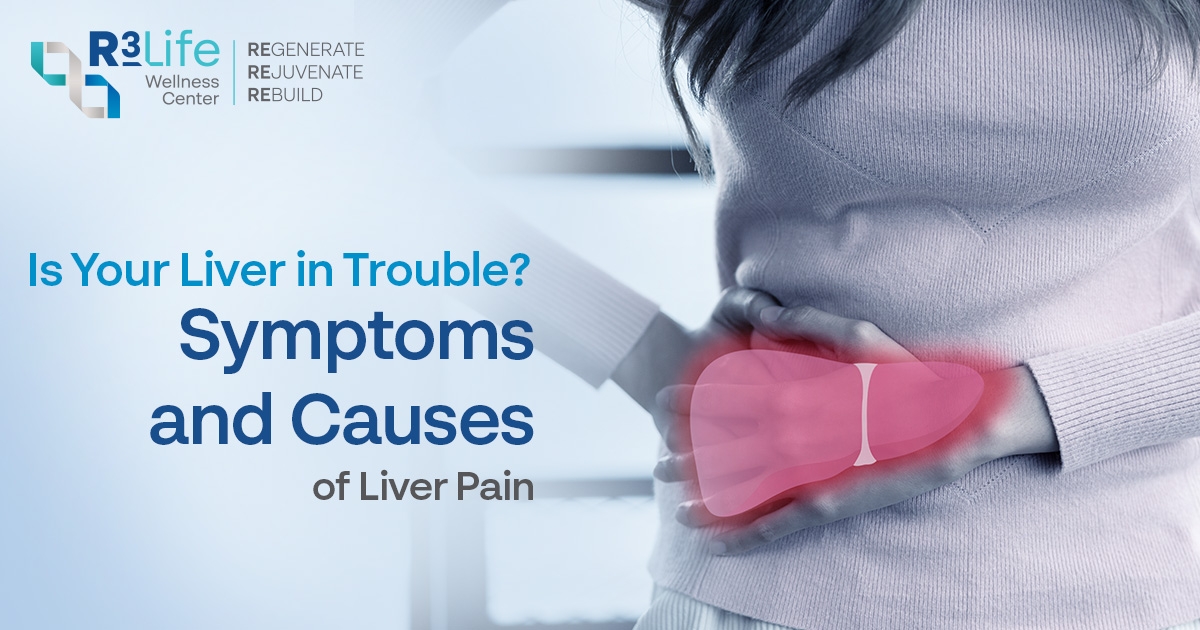
 Is Your Liver in Trouble? Signs of Failure & Pain Location
Is Your Liver in Trouble? Signs of Failure & Pain Location
